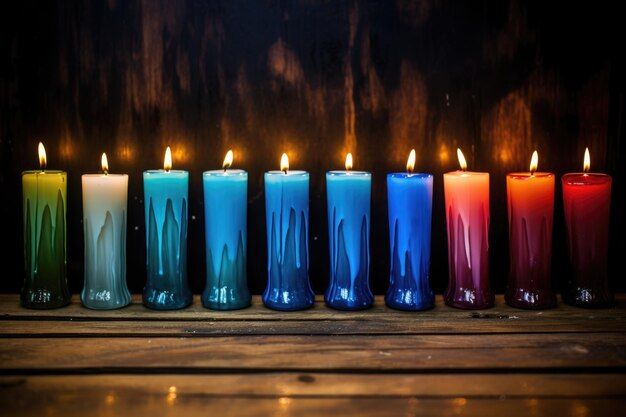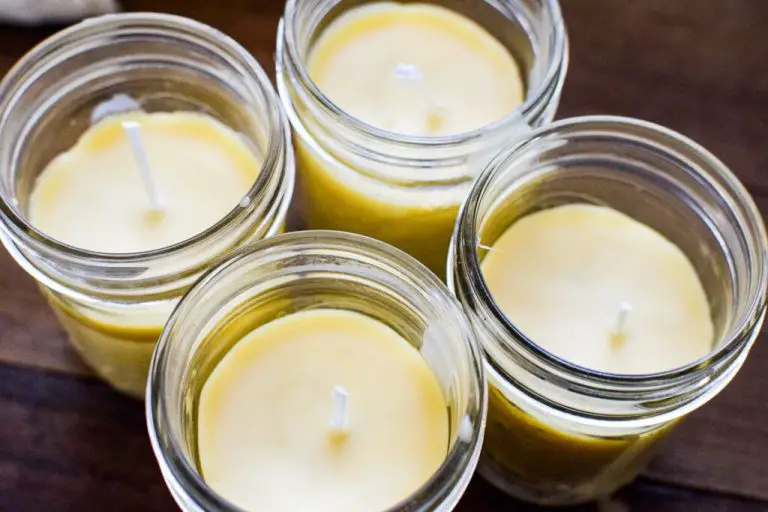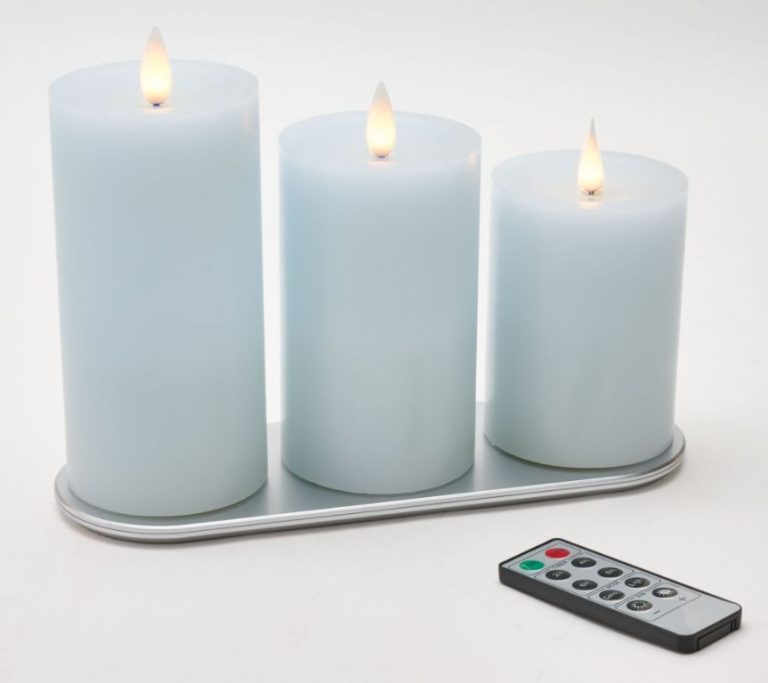Which Candle Wax Is The Cheapest?
Candles can be made from a variety of different waxes, each with their own unique properties and costs. The most common types of candle wax include paraffin, soy, beeswax, palm, and gel wax. Paraffin wax is the most widely used due to its low cost, but soy, beeswax, and palm waxes are increasing in popularity as more natural alternatives. The type of wax impacts characteristics like melting point, burn time, scent throw, and more. This article provides an overview of the most common candle wax types and discusses their pros, cons, and relative costs to help identify the most budget-friendly options.
Paraffin Wax
Paraffin wax is the cheapest and most widely available candle wax. It is made from petroleum and is a byproduct of oil refining. Paraffin wax itself has no scent, so fragrances and dyes need to be added to create scented candles. The low cost and good burn properties make paraffin an economical choice for candle making. Paraffin wax generally costs $1-2 per pound, making it the least expensive wax option.
Soy Wax
Soy wax is made from hydrogenated soybean oil. It was first created as an alternative to paraffin wax and has become popular with candle makers looking for a natural wax. Soy wax comes from a renewable resource making it environmentally friendly. However, it is more expensive than paraffin wax.
Soy wax is advertised as being cleaner burning than paraffin wax since it releases less soot. It also has a lower melting point allowing candles to be poured at lower temperatures. The natural cotton wick absorbs the wax differently than paraffin so testing wick size is important. Since soy wax is softer than paraffin, jars need to be filled less to prevent issues with slumping or sweating.
The drawbacks of soy wax include the higher cost compared to paraffin wax. It also does not hold scent as well so more fragrance oil needs to be used. Some find the natural smell of soy wax unpleasant. The softer wax may lead to issues with properly filling containers and achieving a smooth finish.
Overall, soy wax is a good option for those looking to use natural ingredients in their candles. But the higher cost of the wax itself plus the need for more fragrance oil makes it less budget friendly than paraffin wax.
Beeswax
Beeswax is made from the honeycomb of honey bees. It is secreted from special glands in worker bees and is used by them to build the familiar hexagonal cells of the beehive. Of all the candle waxes, beeswax is the most expensive option.
Beeswax has a beautiful, warm golden color and a lovely, delicate honey-like scent when burned. It’s very stiff and brittle at room temperature, so it needs to be blended with other waxes to make it easier to work with. But that natural stiffness means beeswax candles burn slower and brighter than other waxes.
The high price of beeswax is due to the labor-intensive process of collecting it. Worker bees consume around 8 lbs of honey to produce just 1 lb of wax! This makes beeswax candles a luxury item that commands premium pricing. But many feel the natural origin and long burn time make beeswax worth the extra cost.
Palm Wax
Palm wax is made from palm oil and is different from other waxes because it is actually considered a vegetable wax. The cost of palm wax can vary greatly depending on the source. Palm wax from sustainable sources that ethically harvest palm oil can cost two to three times more than palm wax from conventional sources. This is because sustainably sourced palm oil is more expensive to produce. Conventional palm wax is on the cheaper end, costing about $1.50-$2.50 per pound when purchased in bulk quantities. However, conventional palm oil production is detrimental to the environment due to deforestation. So while conventional palm wax itself may be cheap, the hidden costs to our planet are quite high.
Overall, the price of palm wax falls somewhere in the middle between cheaper synthetic waxes and more expensive natural waxes. Sustainably sourced palm wax, while costing more than conventional, is a great eco-friendly option for those on a budget but looking to avoid paraffin wax.
Gel Wax

Gel wax is a type of candle wax that has a thicker, gel-like texture compared to other waxes. This thickness makes gel wax ideal for container candles, as it adheres well to vertical surfaces without dripping. Gel wax is also commonly used for wax melts and tarts.
The biggest advantage of gel wax is its ability to hold fragrance oils better than other waxes. The thick texture absorbs and retains scents, allowing for stronger aromas in gel candles. This makes gel wax a popular choice for highly scented candles.
In terms of cost, gel wax is moderately priced compared to other candle waxes. It is more expensive than paraffin, but costs less than premium natural waxes like beeswax. Many crafters and candle makers find gel wax strikes the right balance of quality and affordability. It is inexpensive enough for selling candles at a reasonable price point.
Gel wax does require proper preparation and wicking to burn cleanly and safely. The thickness of gel wax means wicks need to be longer to reach the wax pool. Testing wick types and trimming wicks as needed is important with gel containers. With the right wick and maintenance, gel wax has great scent throw and burn quality.
Natural vs Synthetic
When it comes to cost, synthetic waxes like paraffin are generally the most affordable option for candle making. Paraffin wax is a byproduct of petroleum refining and is therefore widely available, keeping the costs low. According to Everything Dawn, paraffin candles can cost as little as $1 each, while a comparable beeswax candle may cost $10 or more.
Natural waxes like soy, palm, and beeswax are more expensive because they require natural resources and farming to produce the wax. The harvesting and processing of these natural waxes is more labor intensive, driving their costs up. Based on BZZWax, essential oil and beeswax candles deliver a cleaner, longer burn, but you’ll pay a premium for these benefits.
Ultimately, paraffin wax is the cheapest option for large scale candle making. But natural waxes may be worthwhile for some buyers due to their environmental and performance advantages. It’s a tradeoff between affordability and quality.
Buying in Bulk
Purchasing candle wax in bulk quantities can lead to significant cost savings compared to buying smaller amounts. This is because wax suppliers offer discounts when customers purchase larger volumes. According to Why Buy Bulk Wax Candle – Aphrocandle, buying wax by the pallet allows candle makers to take advantage of wholesale pricing. The more wax you buy at once, the lower the per-pound price becomes.
Buying wax in bulk makes sense for high-volume candle producers or businesses just starting out. It reduces the need to frequently reorder wax, saving time and shipping expenses. However, those making candles as a hobby may not require or have space to store large wax quantities. It’s important to consider your production needs when deciding on bulk wax purchases.
In summary, buying candle wax in bulk offers notable cost savings that can benefit professional candle makers. But hobbyists should evaluate if bulk ordering aligns with their requirements before purchasing large volumes.
Making vs Buying
When it comes to the cost of candles, making your own at home is often significantly cheaper than buying pre-made candles from stores. According to one Redditor, the general rule of thumb for pricing candles is to sell them at 2x the wholesale cost or 3x-4x the retail cost [1]. So if you’re able to make candles yourself using inexpensive materials, you can save a considerable amount of money compared to buying retail. For example, one source points out that a 22oz candle from Yankee Candle costs about $30. In contrast, if you make your own candles at home, you can likely make a comparable candle for under $10 in materials [2].
Factors like buying wax, wicks, fragrance oils, and jars in bulk can help lower the cost of homemade candles even further. And investing in some basic equipment like a scale, thermometer, pour pot, and candle making kit can be done economically. So when weighing the options between making vs buying candles, making your own generally provides significant cost savings over purchasing pre-made candles from stores.
Conclusion
Based on the characteristics and prices of the different candle wax options, paraffin wax is generally the cheapest candle wax available. Paraffin wax is a petroleum-based wax made from refined crude oil. It has a low melting point which makes it easy to work with, and it solidifies into a smooth surface on candles. Paraffin wax comes in slab form which is the most economical way to purchase wax in bulk. You can find paraffin wax slabs for as little as $1 per pound, which is significantly cheaper than other wax options. The downside is that paraffin wax produces more soot when burned, which can dirty candle holders. But if your top priority is finding the most affordable candle making wax, then paraffin is the way to go.
For those focused on eco-friendly or natural wax options, soy wax and beeswax will be the cheapest, though still more expensive than paraffin. Soy wax runs about $5-6 per pound, while natural beeswax averages $8-12 per pound. Making your own candles with these waxes will be more expensive than paraffin, but has environmental benefits. Palm wax is also an economical natural wax at around $3-5 per pound. In summary, paraffin wax is the most affordable option for making homemade candles on a budget.





